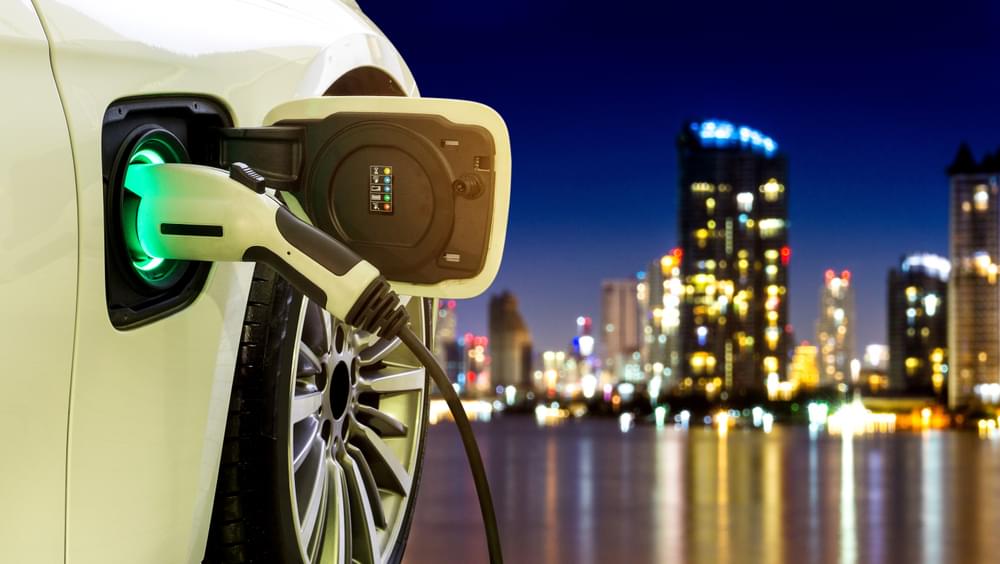Over the past few months Gardiner & Theobald (G&T) has released a series of market intelligence articles on the subject of decarbonising transport. G&T has extensive experience in three key areas in which work is being done to help meet this critical challenge:
- Infrastructure development and delivery
- Facilities for R&D and manufacture
- Facilities for product placement and brand experience
Electric Vehicles Webinar: The Road to Zero
On 17th March we ran our first electric vehicles webinar where we covered if the UK has what it takes to support mass take-up of Electric Vehicles by 2035? TfL’s Alex Gilbert will join the panel for our EV webinar to share his thoughts alongside Eversheds Sutherland and Clarke EV
Electric vehicles webinar
The road to zero
Does the UK have what it takes to support mass take-up of Electric Vehicles by 2035?
TfL’s Alex Gilbert will join the panel for our EV webinar to share his thoughts alongside Eversheds Sutherland and Clarke EV
Our objective is to bring our knowledge and experience to bear for prospective funders, developers, fleet operators, supply chain partners, manufacturers and end users.
The first article in our series provided some context to the issue of decarbonising transport, highlighting the UK Government’s drive and commitment to be carbon neutral by 2050, along with the role that personal transportation plays in this. This was reinforced in November 2020 when the ban on Internal Combustion Engine (ICE) vehicles was brought forward by five years from 2035 to 2030. This article also served to demonstrate the rapid growth in EV market share as evidenced by The Society of Motor Manufacturers and Traders’ (SMMT) recent data that Battery Electric Vehicles (BEV) market share soared from 3.3% in December 2019 to 16.5% in the same month in 2020.[1]
Arguably the most critical piece of the EV puzzle is ensuring that the necessary infrastructure to support EV adoption is in place. A lack of convenient charging infrastructure is cited as one of the most significant deterrents for consumers when considering the purchase of an EV. In our second article we highlighted some of the key issues around the delivery of convenient charging infrastructure, including:
- Location (whether it be at home, public or commercial premises)
- Electrical infrastructure capacity and availability
- Physical connectivity of charger to the vehicle
When you consider that the average amount of energy it takes to run an EV for a year is similar to the energy used by an average UK household, it is clear that there is a lot of work to be done to develop the necessary infrastructure to enable the ban of new ICE vehicle sales in 2030. In fact, the SMMT estimates that ~£16bn must be spent on charging infrastructure in order to have enough charging stations for all new UK cars to become electric. G&T has extensive experience in the electrical infrastructure sector and we have been advising a number of clients on EV charging infrastructure solutions. For example, G&T has helped EO Charging - a fast paced and entrepreneurial IT company specialising in the design and manufacture of electric vehicle charging station hardware and associated smart software for homes, fleets and destinations – define various delivery strategies around the key challenges in successfully delivering programmes.
The third article in the series focussed on another critical area of innovation and development in the EV sector, and one that could create thousands of jobs in the UK – vehicle and battery manufacture. One of the biggest issues here is a lack of onshore battery manufacturing capacity in the UK and the fact that significant cost savings and a simplified supply chain can be achieved by co-locating battery and car manufacturing. The UK has a strong manufacturing platform and research base to build on which has prompted battery maker start-up Britishvolt to confirm plans to build the UK’s first full cycle battery cell gigafactory in the UK. G&T is heavily involved in this landmark project as well a number of others that will help prevent the UK from falling behind in the EV and battery manufacturing race. These range from providing services to Jaguar Land Rover on its i54 site in Pendeford to helping develop advanced engineering centres (AECs) for higher education institutions, such as the one at the University of Brighton.
Rounding off the series of articles was our piece on automotive retail, which is mid-way through a transformation but in many ways is still catching up with the changes to high street retail over the past few years. The adaptation of automotive retail, which is split between the initial online “fact finding” phase and the follow up “experiential” phase, has given rise to questions around the potential decline in out-of-town vehicle dealerships. The article explores the question, ‘are we moving away from the traditional franchised dealership model?’ G&T’s experience in this area spans both traditional showrooms for Mercedes-Benz, to out of town facilities such as Porsche Experience Center in LA. G&T has also recently been involved in the delivery of showrooms for a new luxury car brand due to launch in the UK soon.




